Welcome to our blog center
You can find tips, basics, guide and more information about manufacturing processes and materials that we have learned from practice here.

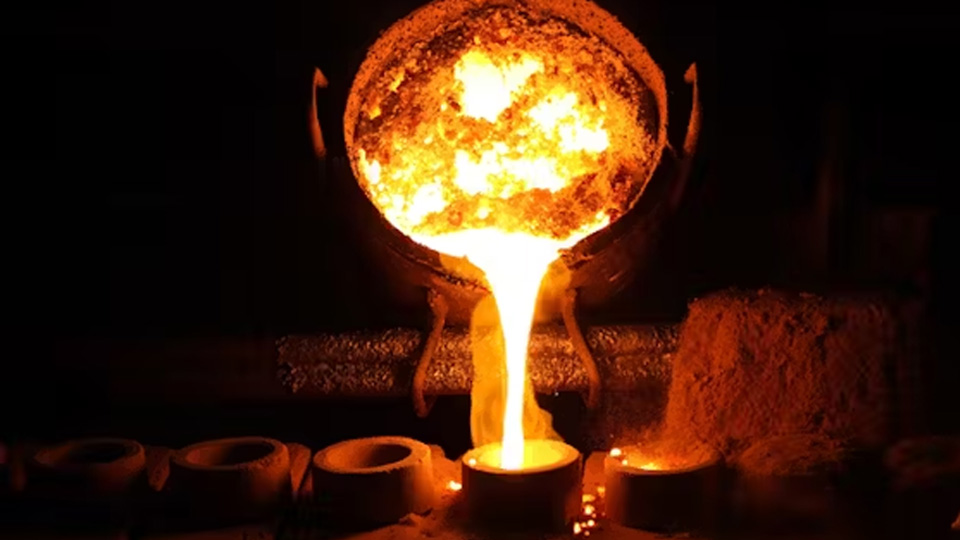
Different Types of Iron: Definition and Properties
Iron is used in many ways. It’s in buildings, infrastructure, vehicles, and equipment. The types of iron are diverse and have special properties. Knowing the different types of iron, like pig iron, wrought iron, and cast iron, helps us choose wisely. This article will explore the types of irons and their properties.
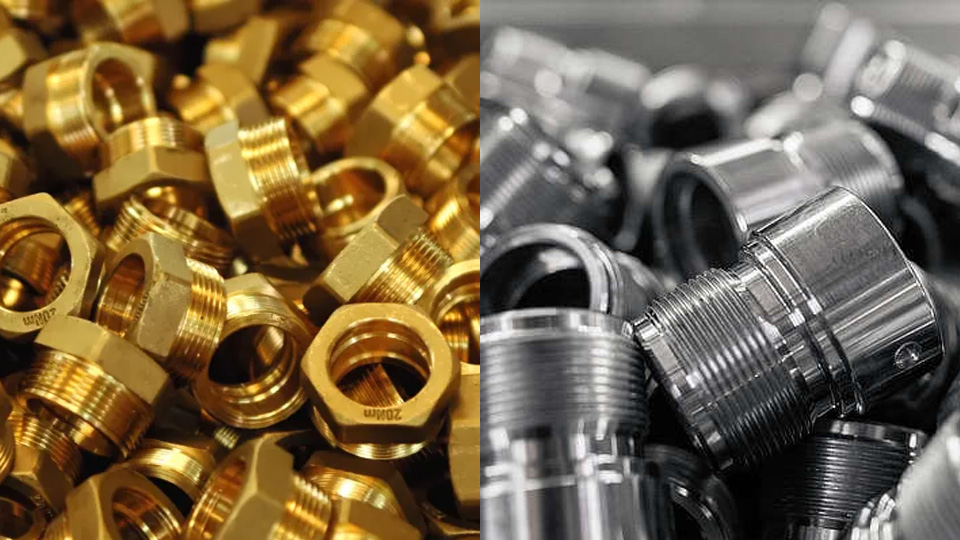
Brass vs. Stainless Steel: Key Comparisons for Material Selection
The material chosen can influence the performance, lifespan, and efficiency of the final parts. Two metals, brass and stainless steel, have unique characteristics and different applications. This article will compare brass vs. stainless steel concerning several important attributes.
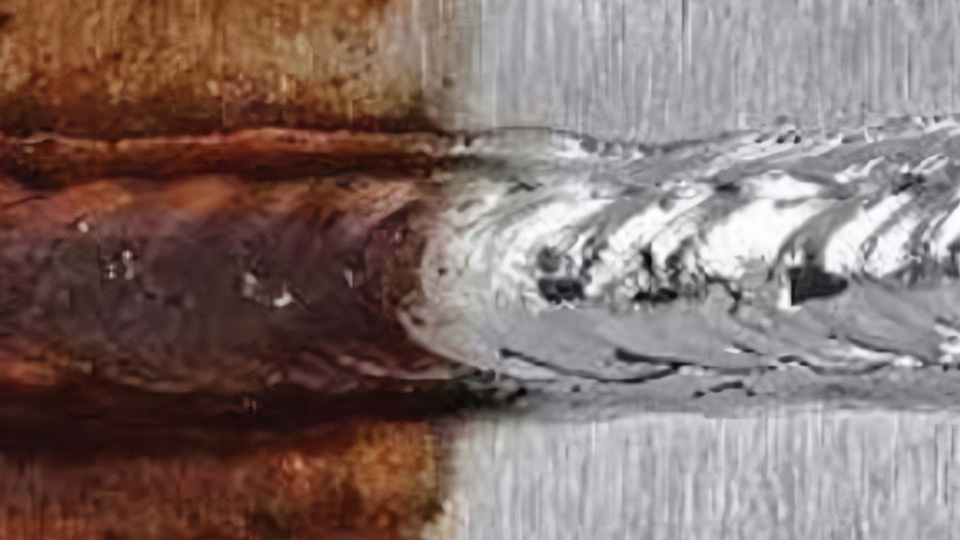
Weld Passivation: Enhancing Corrosion Resistance in Stainless Steel Welding
After welding a stainless steel part, engineers typically clean the welded area using various chemical agents, including nitric acid and pickling pastes that contain hydrofluoric acid. This process is known as passivation. This article will discuss what is weld passivation and how it works.
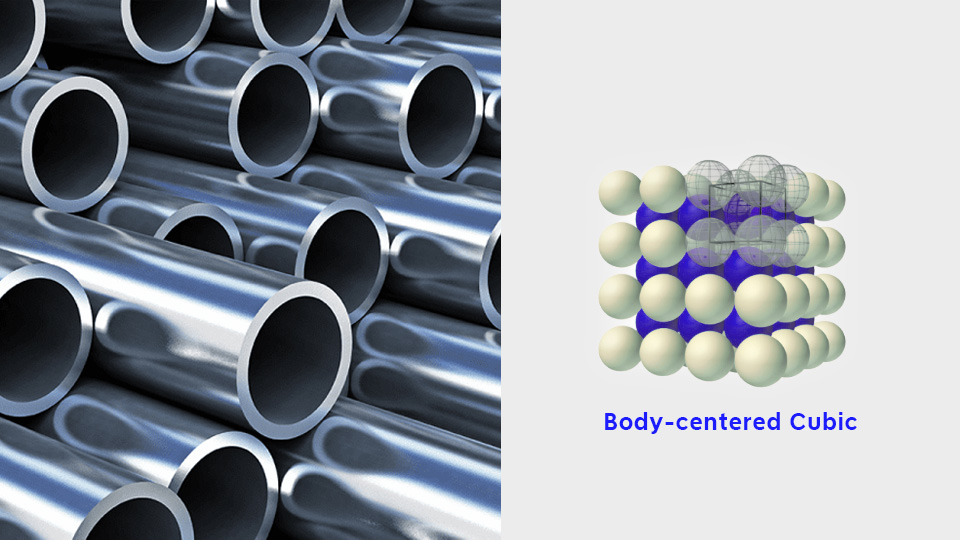
Types of Stainless Steel: Austenite vs Martensite vs Ferrite
Stainless steel is a popular metallic material that is widely used in our daily life. It comes in different types: austenitic, martensitic, ferritic and more. Each of them provides unique properties such as corrosion resistance and high strength. Understanding what they are and their differences is crucial for choosing the right type for various applications.
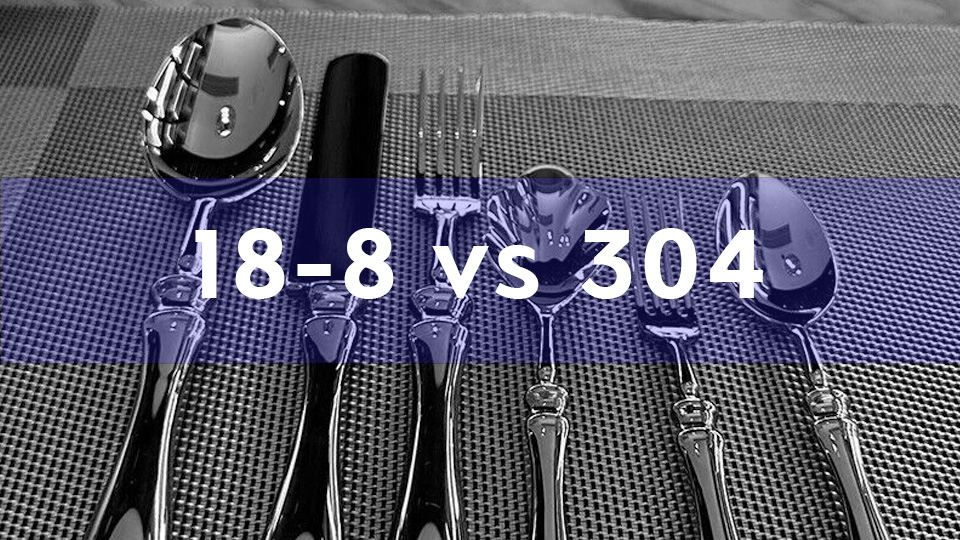
Stainless Steel 18-8 vs. 316: What Are the Differences?
Have you ever thought about the difference between 18-8 and 316? In this article, we will compare 18-8 and 316 stainless steel from the perspectives of element composition, physical properties, and cost analysis.

Weld Stainless Steel to Carbon Steel: Techniques and Challenges
Welding stainless steel to carbon steel presents several challenges due to the significant differences in their physical and chemical properties. This article explores the welding process for stainless steel and carbon steel, outlining its challenges, technologies and processes.
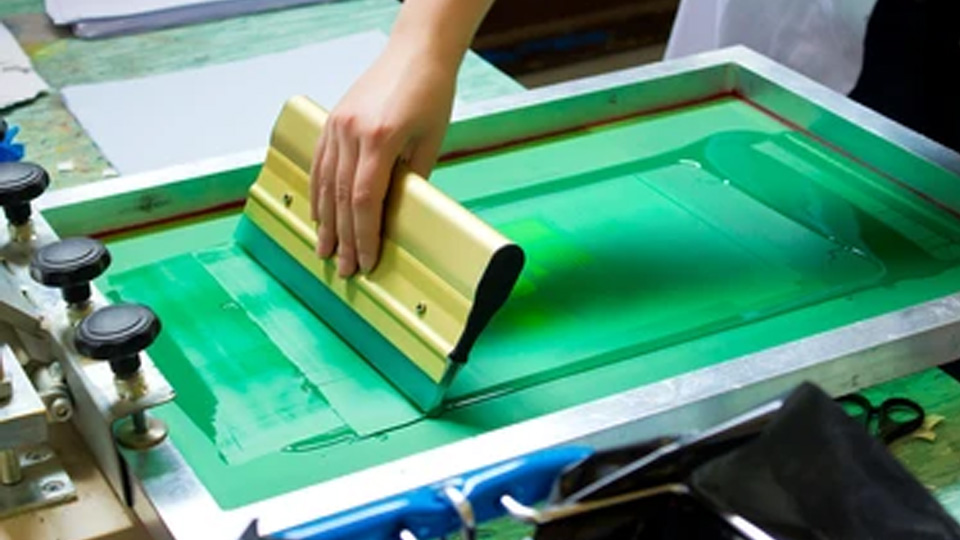
Pad Printing vs Silk Screening: Which is the Best Choice for You?
Selecting the appropriate printing technique can greatly influence the quality of the final result. When considering pad printing vs silk screening, it’s essential to understand their distinct characteristics.
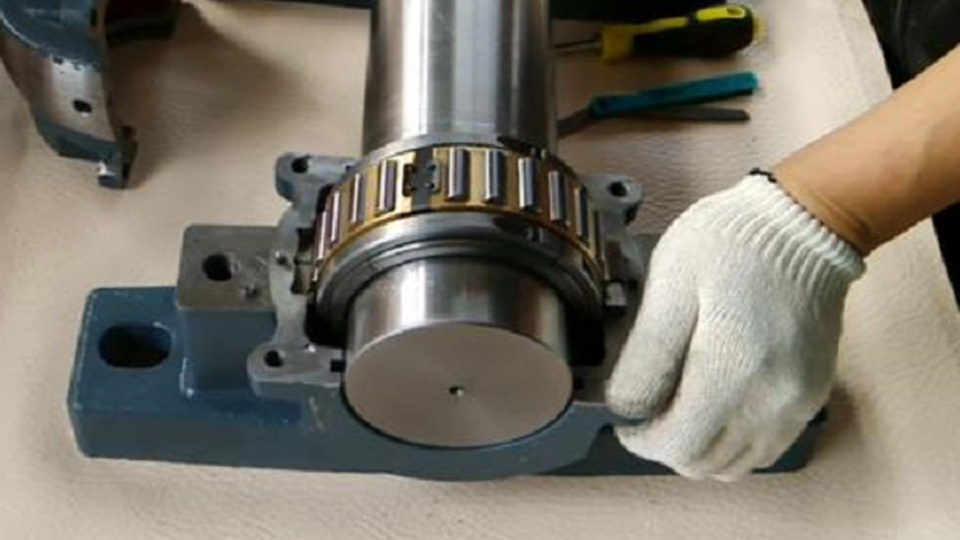
Understanding Press Fit Tolerance in Assemblies
Press fit tolerance, also known as interference fit tolerance, refers to the allowable range of sizes for mating components in which one part (usually a shaft) is slightly larger than the hole it pairing, resulting in a tight, frictional connection. This article will discuss some basics of press fit tolerance including what is fit, fit tolerance and press fit tolerance.
SIGN UP FOR US!
Enter your email address to subscribe to our newsletter!
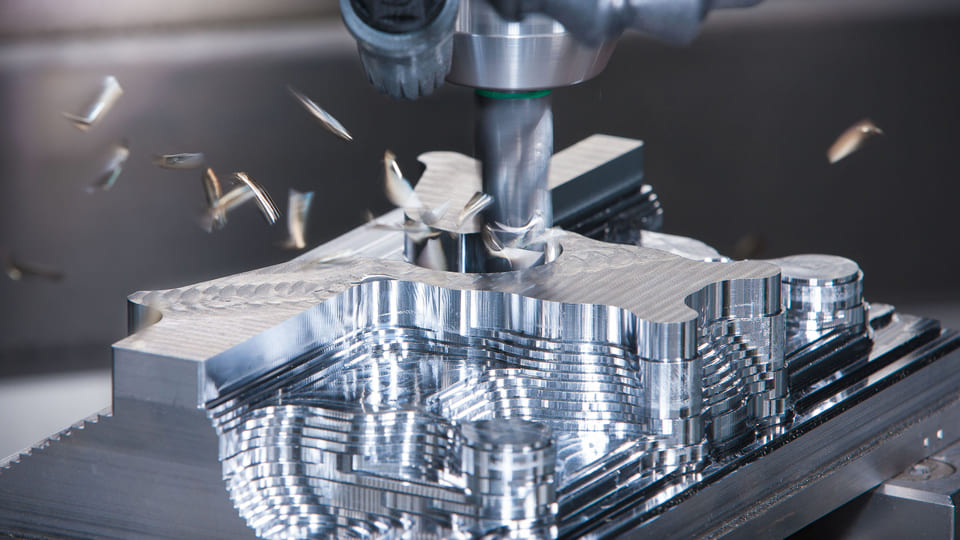
On-demand Manufacturing Services
1 to 1000+ pcs metal or plastic parts, global delivery as fast as 7 days.
